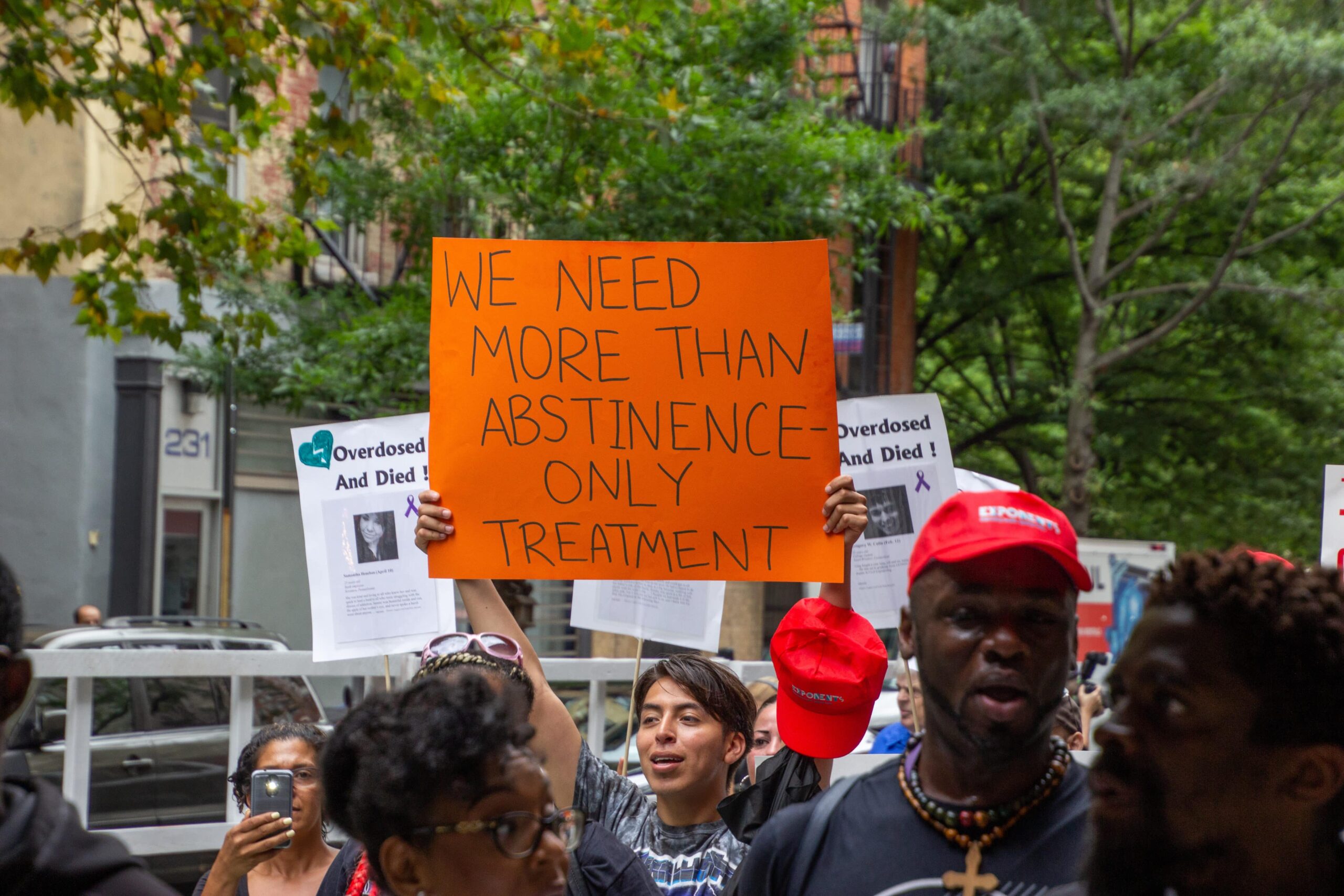
NYC’s overdose prevention centers are proving effective
A new study published this month found that New York City’s historic safe consumption centers helped reduce overdoses.
The study, conducted by researchers affiliated with the NYC Department of Health (which oversees the sites), covered the two months of the program at two different consumption sites.
Last November, then-New York City Mayor Bill de Blasio announced “that the nation’s first publicly recognized Overdose Prevention Center (OPC) services have begun in New York City.”
OPCs, the city explained in the announcement, “are safe places where people who use drugs can receive medical attention and be associated with treatment and social services.”
NYC officials touted their effectiveness, saying in the press release at the time that such services “have been shown to prevent overdose deaths and are used in jurisdictions around the world” and that “there have been no overdose deaths in any OPC.” ”
A study by the city’s Department of Health found that “OPCs would save up to 130 lives annually in New York City.”
“New York City has led the nation’s fight against COVID-19, and the fight to keep our community safe doesn’t stop there. After thorough investigation, we know the right way to protect the most vulnerable people in our city. And we won’t hesitate to take it,” de Blasio said in the announcement. “Overdose prevention centers are a safe and effective way to address the opioid crisis. I’m proud to show cities across this country that after decades of failure, a smarter approach is possible.”
The study released this month can be seen as a vindication for the program’s advocates.
“During the first 2 months of OPC operation, trained personnel responded 125 times to mitigate the risk of overdose. In response to opioid-related overdose symptoms, naloxone was administered 19 times and oxygen 35 times, while respiration or blood oxygen levels were monitored 26 times,” the authors wrote. “In response to stimulant-related symptoms of overdose (also known as overamping), staff intervened 45 times to provide hydration, cooling and de-escalation as needed. Ambulance responded 5 times and participants were transported to the emergency room 3 times. No fatal overdoses have occurred in OPCs or in individuals transported to hospitals.”
“This quality improvement study found that during the first two months of operation, the services at two NYC OPCs were heavily utilized, with initial data suggesting that supervised use in these settings was associated with a reduced risk of overdose,” they added. “The data also suggested that OPCs were associated with a reduced prevalence of public drug use.”
However, the authors warn that the results are “limited by the short study period and the lack of a comparison group of people not participating in OPC services” and that an additional “evaluation could examine whether OPC services are associated with improved overall health outcomes.” for participants and neighborhood-level outcomes, including public drug use, improperly discarded syringes, and drug-related crime.”
But the study offers hope to those desperate to ease an overdose crisis that has become a national epidemic in the United States.
In the OPC services announcement last November, NYC officials said that “over 2,000 people in New York City have died from drug overdoses [in 2020]the highest number since reporting began in 2000,” and that the “Centers for Disease Control forecast that more than 90,000 people will die from drug overdoses in the United States in 2020, the worst year on record.”
Citing self-reported data, the authors of the new study said that “the most common drug used at two sites was heroin or fentanyl (73.7%) and the most common route of drug delivery at the OPC was injection (65.0%). “

Post a comment: